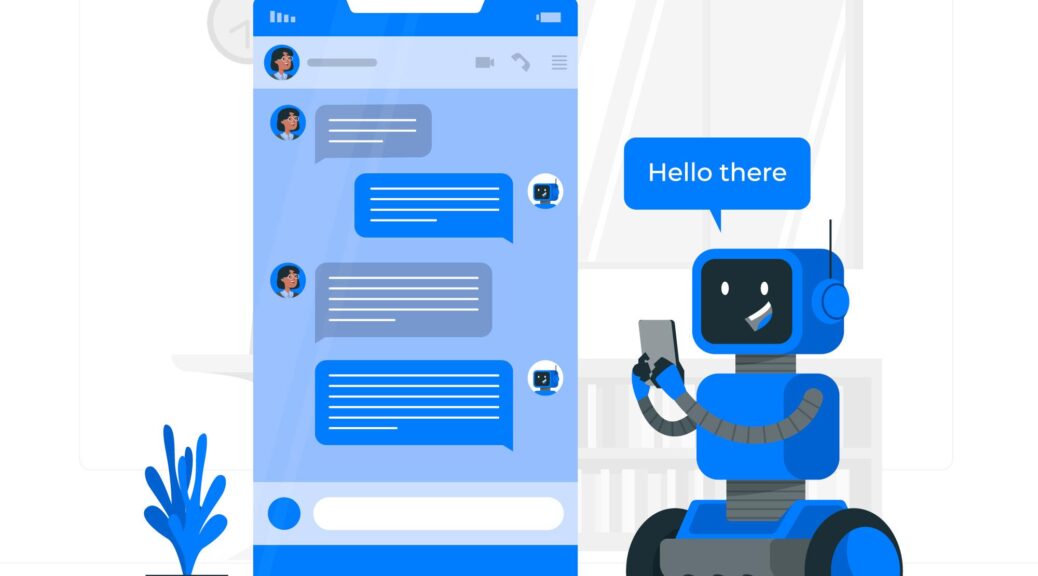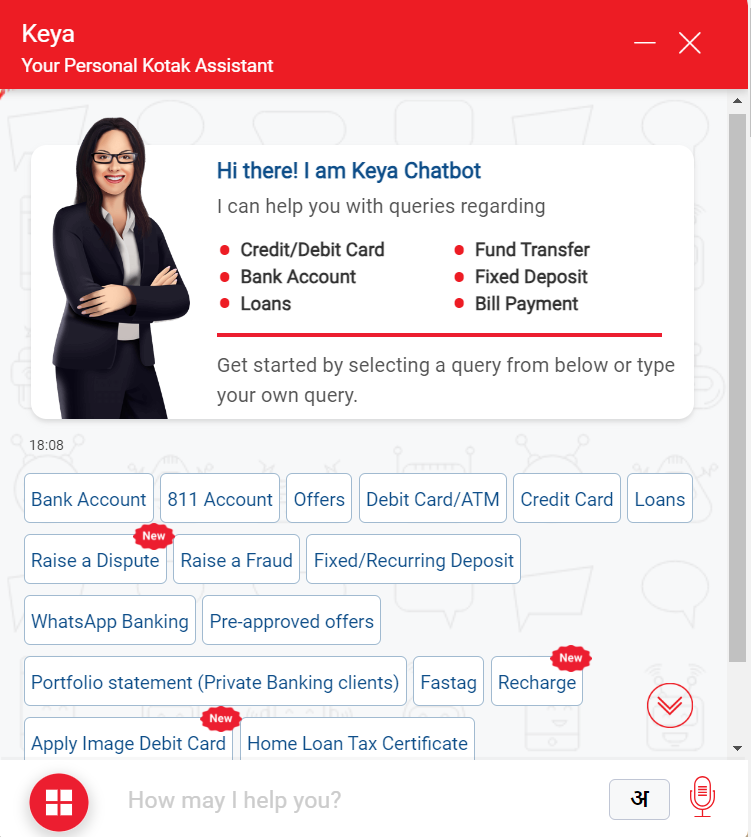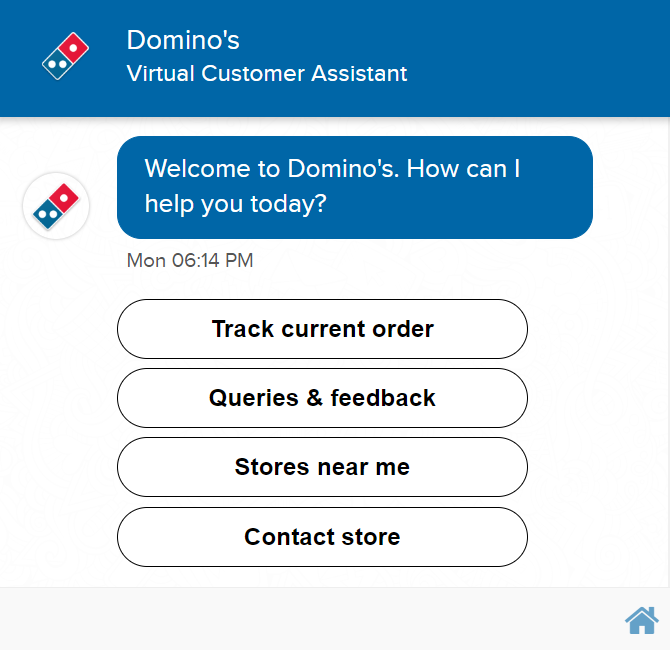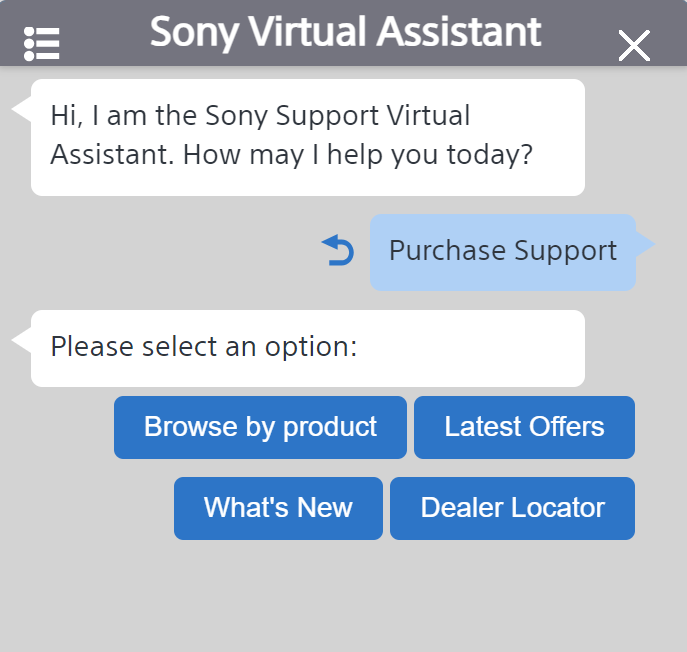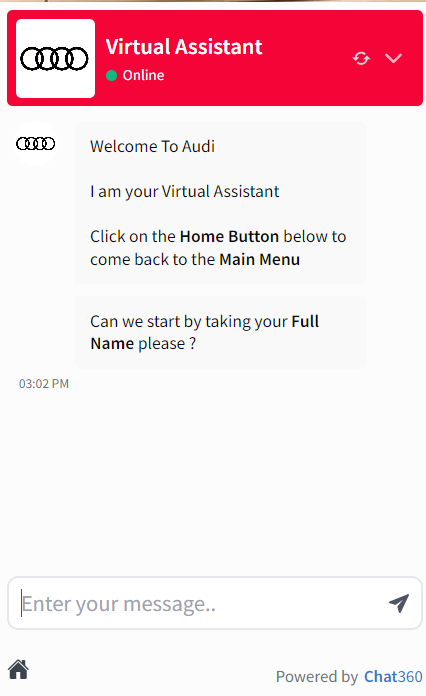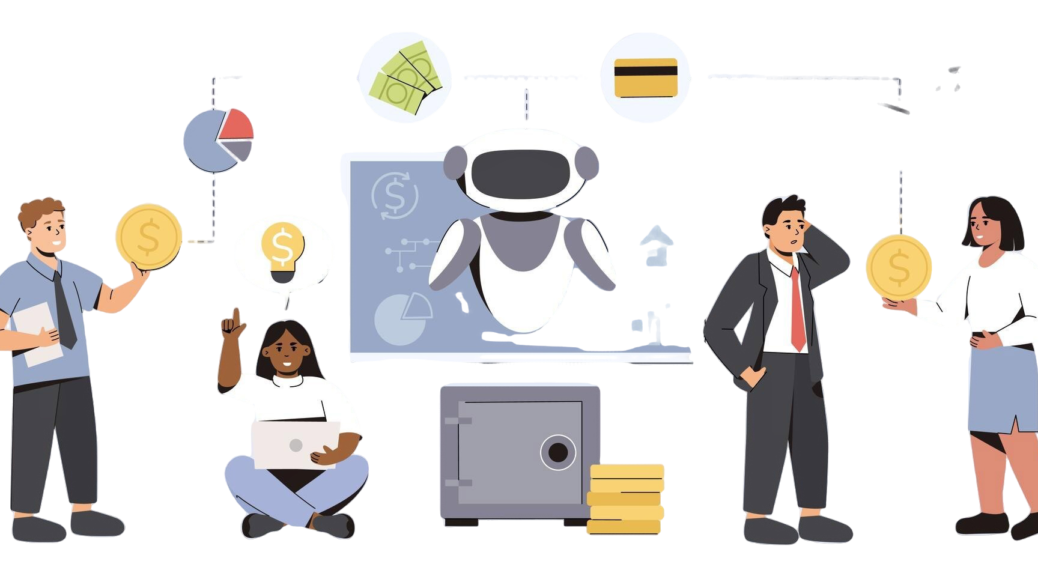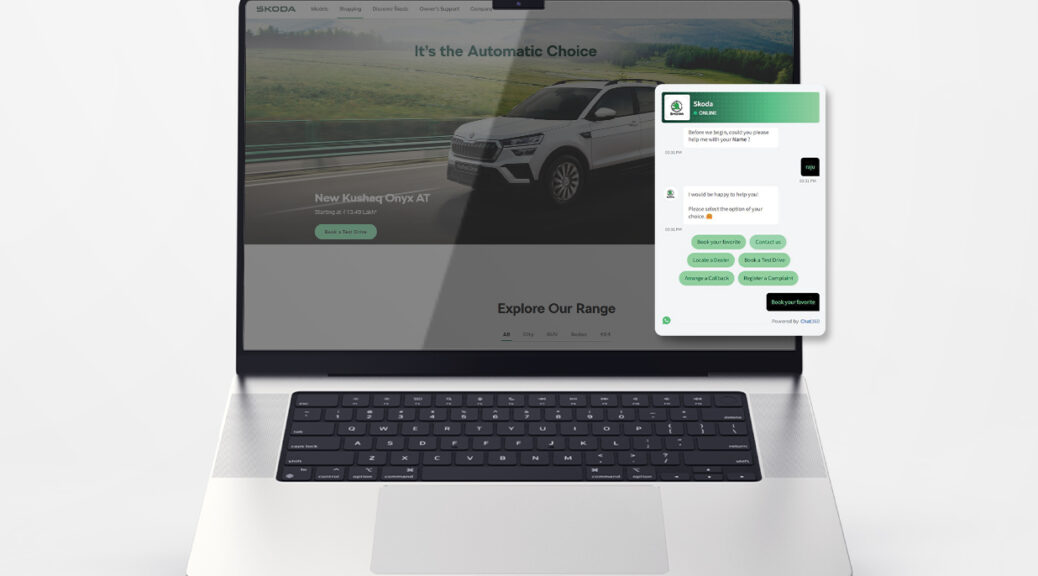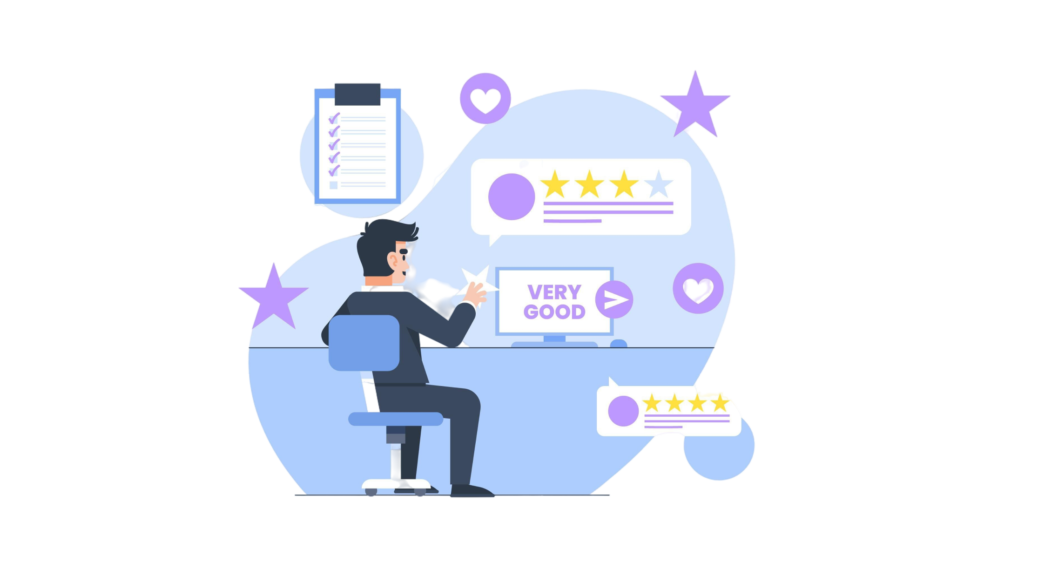Have you ever wondered if your business could talk to customers 24/7 using AI? Imagine having a virtual assistant that can answer queries, guide customers, and even boost sales all while you focus on growing your business.
Creating your own chatbot might sound complicated, but it’s easier than you think!
In today’s modern era, there are multiple options to choose from, where you can create chatbots for your digital channels with no coding.
Like Chat360, a platform that enables you to build a smart, conversational chatbot in just five simple steps, without needing advanced technical skills.
Let’s discover how to create fully operational chatbots for your business without any code and deploy it in your digital assets. Let’s get started!
How to Create your Own Chatbot in 5 Easy Steps
Before creating your chatbot, it’s essential to choose the right platform to ensure a seamless process where you get an all-in-one solution to create, integrate, and deploy your chatbot effortlessly.
The Chat360 platform offers powerful features like advanced analytics, AI-driven personalization, and multi-channel support, enabling you to build efficient and versatile chatbots. Whether it’s for your website, WhatsApp, or social media, Chat360 makes it easy to deliver exceptional customer interactions with minimal effort.
Step 1: Sign up/log in
Step 2: Choose either start from scratch or template.
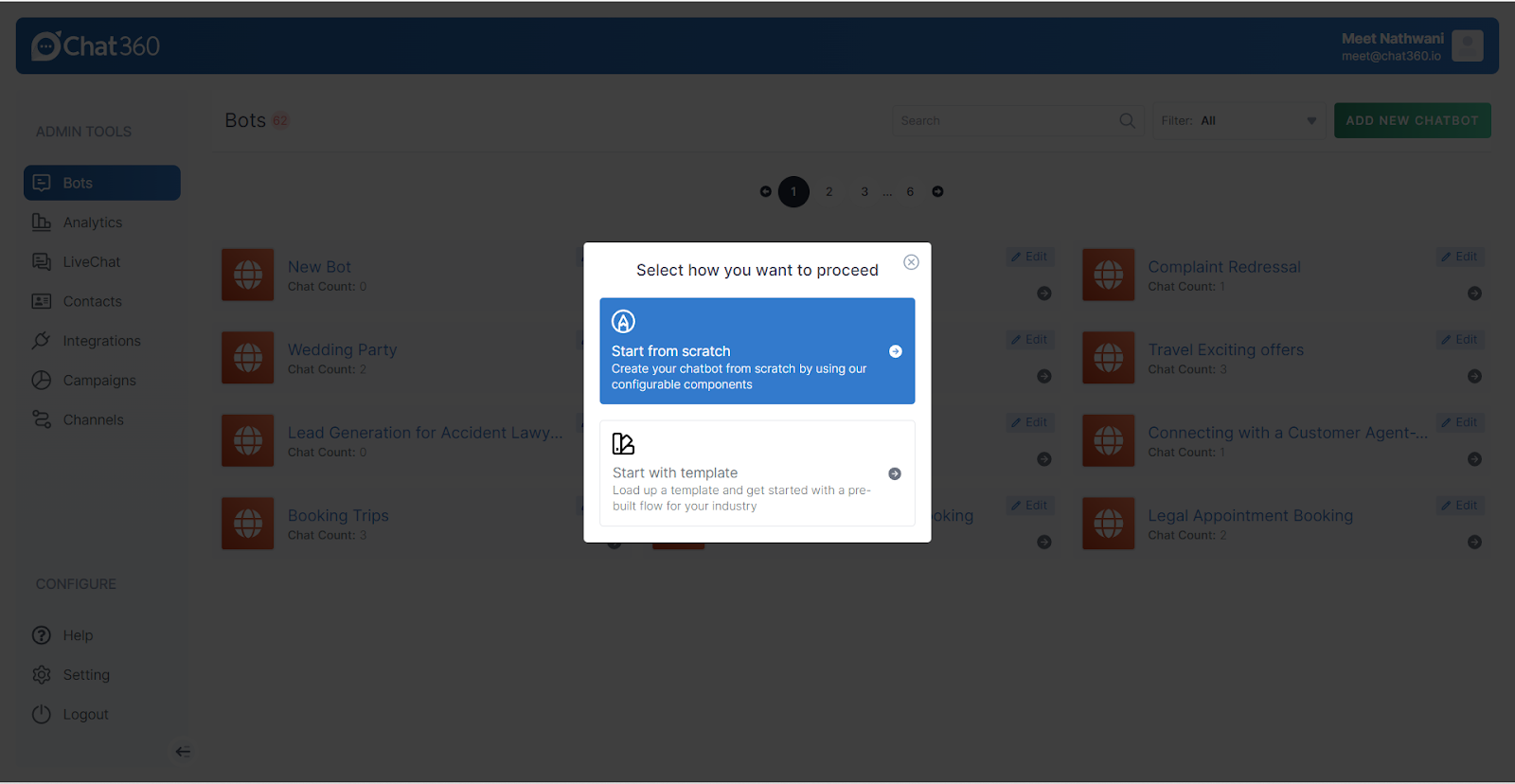
Step 3: Choose the option to build a chatbot, e.g. Website, WhatsApp, RCS, Facebook, Instagram, Telegram, etc.
For this example we will consider creating a website chatbot.
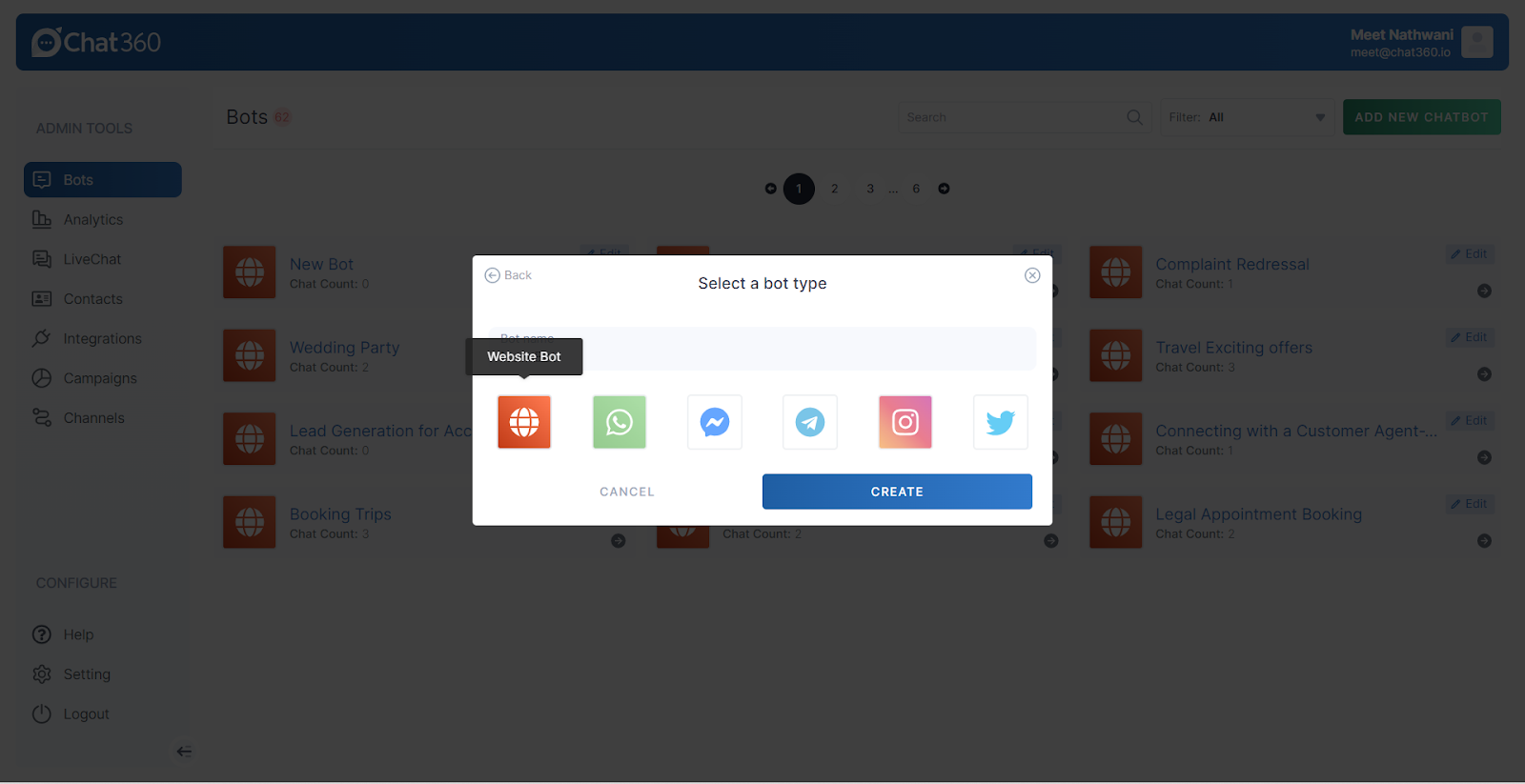
Step 4: Start creating your bot by dragging and linking the options from the left side panel window. Customise the chat flow as per your business’s needs.
Modify as per your business requirements, where you can choose from a variety of options like Name, Email, Phone, appointment scheduling, multiple choice, or even GenAI.
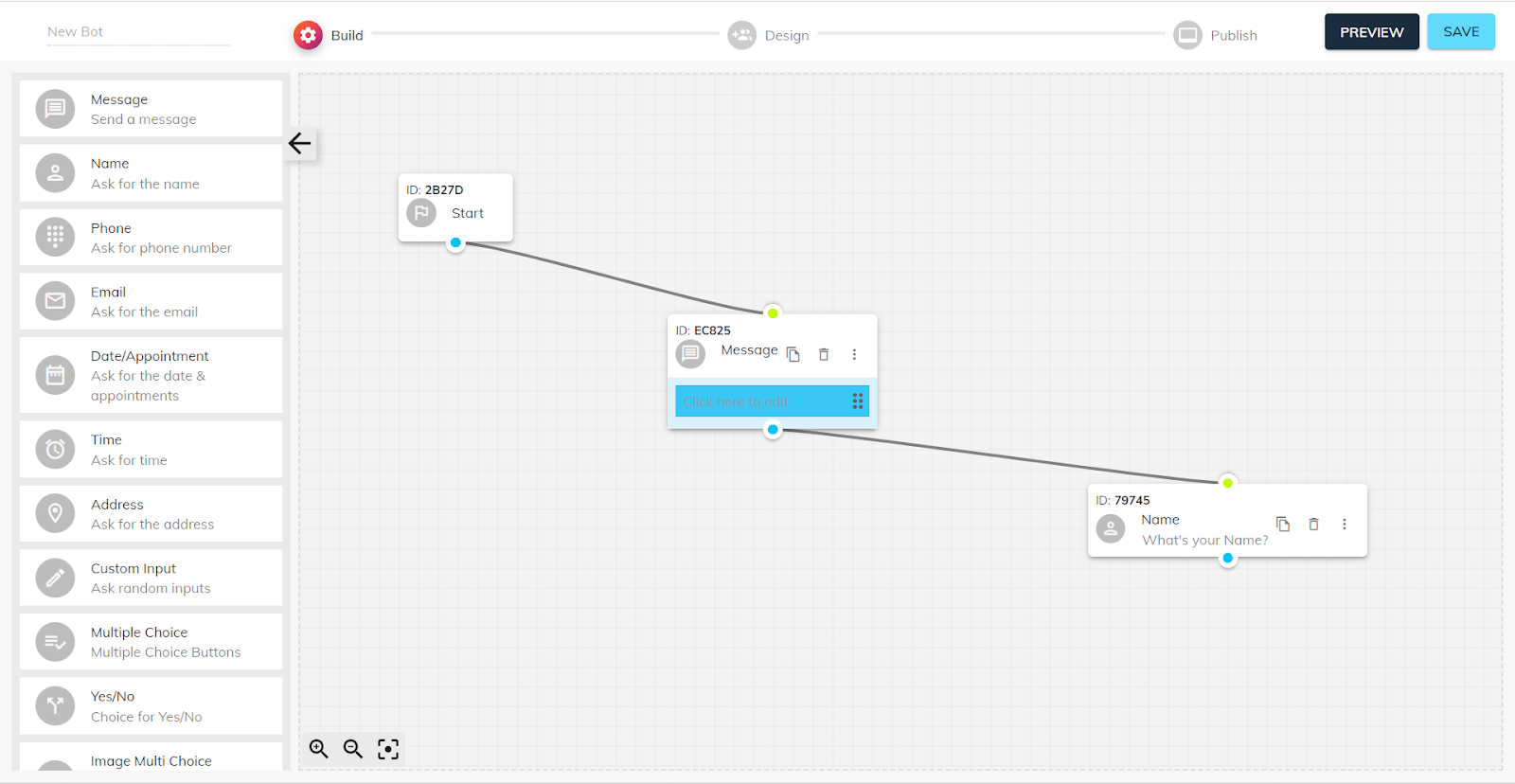
Step 5: Design your user interface on the design option which will fit with your brand aesthetics, like changing the name of the bot, color, etc.

By completing the above steps, you are now ready to integrate your chatbot with your website, by just copying the code created on the Chat360 platform and pasting it in the footer of your website.
Why You Should Consider Integrating AI-Powered Chatbots for Your Business
Customers expect prompt and effective solutions in the lightning-fast digital environment of nowadays.
Therefore offering round-the-clock assistance, managing several inquiries at once, and delivering tailored interactions, AI-powered chatbots can assist you in meeting these expectations.
Chatbots provide immediate assistance, cutting down on wait times and increasing customer satisfaction in contrast to traditional support systems. Additionally, they can automate repetitive processes like appointment scheduling and FAQs, freeing up your team to concentrate on more difficult problems.
Moreover, integrating AI chatbots boosts operational efficiency and scales your business communication. They can be deployed across various channels like websites, WhatsApp, and social media to ensure a consistent customer experience.
Advanced analytics and AI-driven insights further allow you to understand customer behavior, refine your strategies, and optimize your services thus by adopting AI-powered chatbots, you not only enhance customer engagement but also position your business for long-term success in an increasingly competitive market.
What to Consider When Creating a Chatbot
Creating a chatbot has an opportunity to revolutionize your business’s operations, and to fit in the changing business dynamics, but there are a few things you must consider to ensure its success.
Planning is essential for everything from establishing its goal to making sure it runs well. A well-designed chatbot saves you time and effort in addition to assisting your clients. Here are some things to think about:
1. Define Your Goals: Decide what you want the chatbot to achieve—customer support, lead generation, or task automation.
2. Choose the Right Platform: Opt for a platform like Chat360 that offers easy integration, analytics, and AI features for smarter chatbots.
3. Design Simple Conversations: Keep the chatbot’s responses clear and user-friendly to ensure a smooth customer experience.
4. Test Thoroughly: Regularly test the chatbot to fix any glitches and improve its performance.
5. Plan for Scalability: Ensure your chatbot can handle more users and features as your business grows.
Types of Chatbots You Can Create for Your Business
Chatbots come in various types, each designed to fulfill specific business needs. Whether you want to automate customer support, boost sales, or enhance engagement, the type of chatbot you choose plays a crucial role. Understanding their differences can help you decide what works best for your business.
1. Rule-Based Chatbots: These chatbots follow pre-programmed scripts to handle straightforward tasks like answering FAQs. They’re great for businesses that need quick, fixed responses without the complexity of AI.
2. AI-Powered Chatbots: Using advanced machine learning, these bots understand user intent, process natural language, and provide personalized interactions. They’re ideal for businesses seeking smarter, dynamic customer engagement.
3. Hybrid Chatbots: A blend of rule-based and AI capabilities, these chatbots combine structure and adaptability, making them perfect for handling diverse customer queries.
4. Voice-Enabled Chatbots: Equipped with voice recognition technology, these chatbots offer hands-free, conversational experiences and are excellent for industries like healthcare and e-commerce.
Common Mistakes to Avoid When Creating a Chatbot
Building a chatbot isn’t just about launching a virtual assistant; it’s about ensuring it delivers value to your business and customers. Many businesses make mistakes that can limit the chatbot’s effectiveness. Avoid these pitfalls to create a chatbot that enhances customer satisfaction and operational efficiency.
1. Overcomplicating Conversations: Don’t overload your chatbot with unnecessary details. Focus on clear and concise responses that are easy for customers to understand.
2. Skipping Thorough Testing: A poorly tested chatbot can lead to frustrating user experiences. Regularly test your chatbot across scenarios to fix bugs and improve performance.
3. Ignoring User Feedback: Feedback from users is invaluable for improving your chatbot. Analyze reviews and complaints to refine its conversational flow and features.
4. Neglecting Regular Updates: A chatbot that isn’t updated to reflect changing customer needs or business goals quickly becomes obsolete. Keep it relevant with ongoing improvements.
5. Selecting an Inadequate Platform: Choose a platform that offers AI, robust integrations, analytics, and multi-channel support to ensure your chatbot is both efficient and future-ready.
Features to Look for in a Chatbot Platform
Choosing the right chatbot platform is a critical step in creating an efficient and impactful chatbot. The platform you select determines how easily you can design, deploy, and manage your chatbot. Look for comprehensive features that address your immediate and future needs.
1. AI and Machine Learning: These features empower your chatbot to understand complex queries and improve its responses over time, ensuring a smarter user experience.
2. Multi-Channel Support: A good platform should enable you to deploy chatbots across multiple channels like websites, WhatsApp, Facebook, and Instagram for consistent customer engagement.
3. Analytics and Insights: Advanced reporting tools allow you to monitor chatbot performance, analyze customer behavior, and identify areas for improvement.
4. Scalability: As your business grows, the platform should support more users, additional features, and integrations without disruptions.
5. Customization Tools: The ability to tailor your chatbot’s design and conversational flow ensures it aligns with your brand identity and meets customer expectations.
Why Choose Chat360 for Your Chatbot Needs?
Chat360 is your go-to platform for building powerful, AI-driven chatbots tailored to your business needs. Whether you’re looking to enhance customer support, drive sales, or streamline operations, Chat360 offers an intuitive interface that makes chatbot creation simple even for beginners.
With multi-channel integration, you can deploy your chatbot across platforms like WhatsApp, websites, and social media effortlessly.
Advanced analytics and AI capabilities ensure your chatbot delivers intelligent, personalized responses, enhancing customer satisfaction and engagement.
What sets Chat360 apart is its focus on scalability and versatility. As your business grows, Chat360 adapts to your needs, supporting more users, advanced features, and complex integrations.
The platform also provides tools for in-depth performance analysis, enabling you to optimize your chatbot for maximum efficiency. Whether you’re a small business or a large enterprise, Chat360 empowers you to connect with your customers like never before efficiently, intelligently, and consistently.
Schedule a free demo and see how we can help you to elevate your business with AI powered Chatbots.
